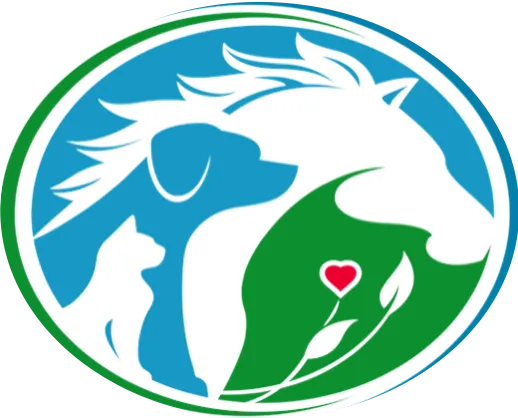Cats, Dogs, Horses, Small Pets, Birds, Poultry & Reptile
(How to Use with Fish is below)
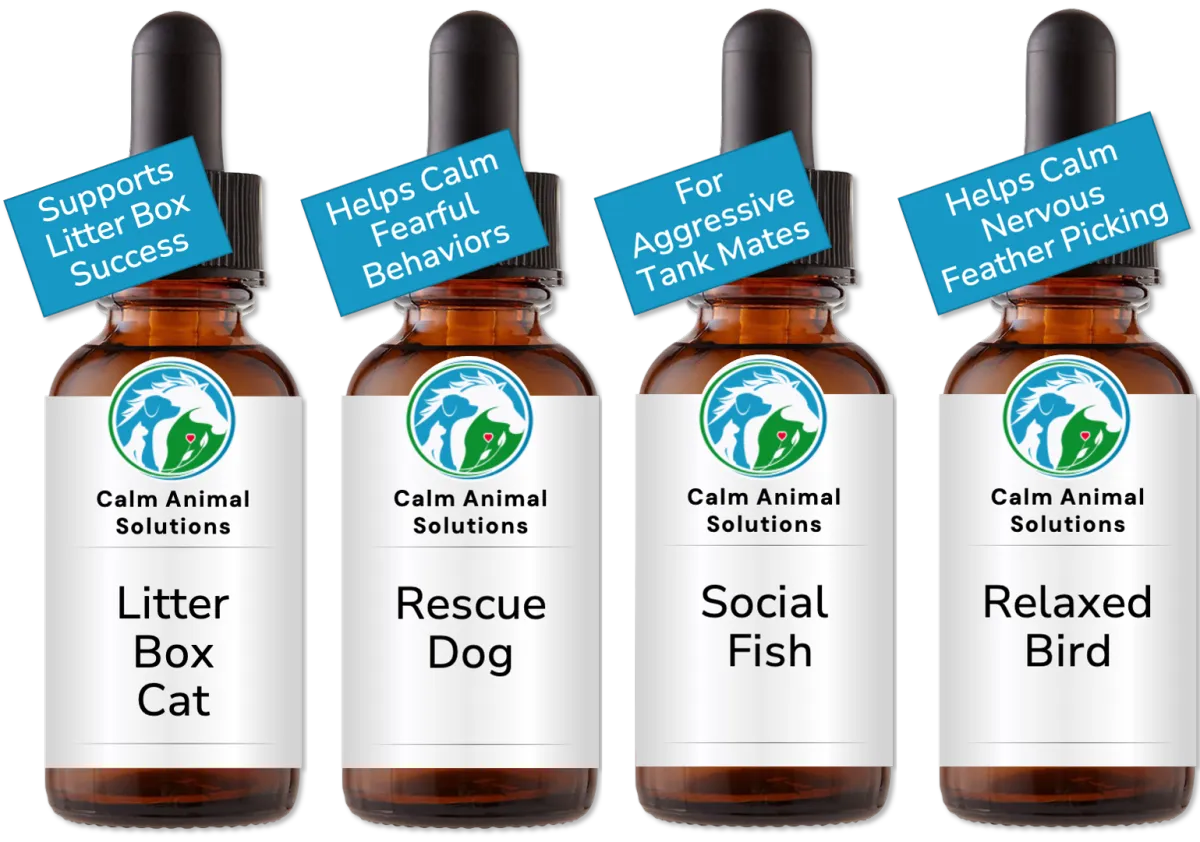
Gentle, Custom-Calming Blends for Pets of All Kinds
Each order is custom-blended by an animal communicator
to support your pet’s emotional well-being — because they’re family.
Gentle, Custom-Calming Blends for Pets of All Kinds
Each order is custom-blended by an animal communicator to support your pet’s emotional well-being — because they’re family.
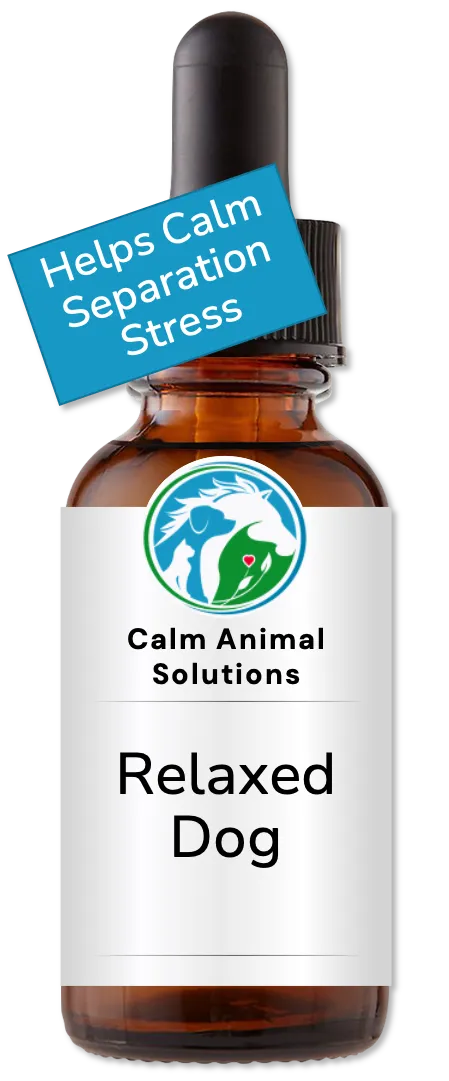
Natural Pet-Calming Products, Supporting the Well-Being of Animals Everywhere
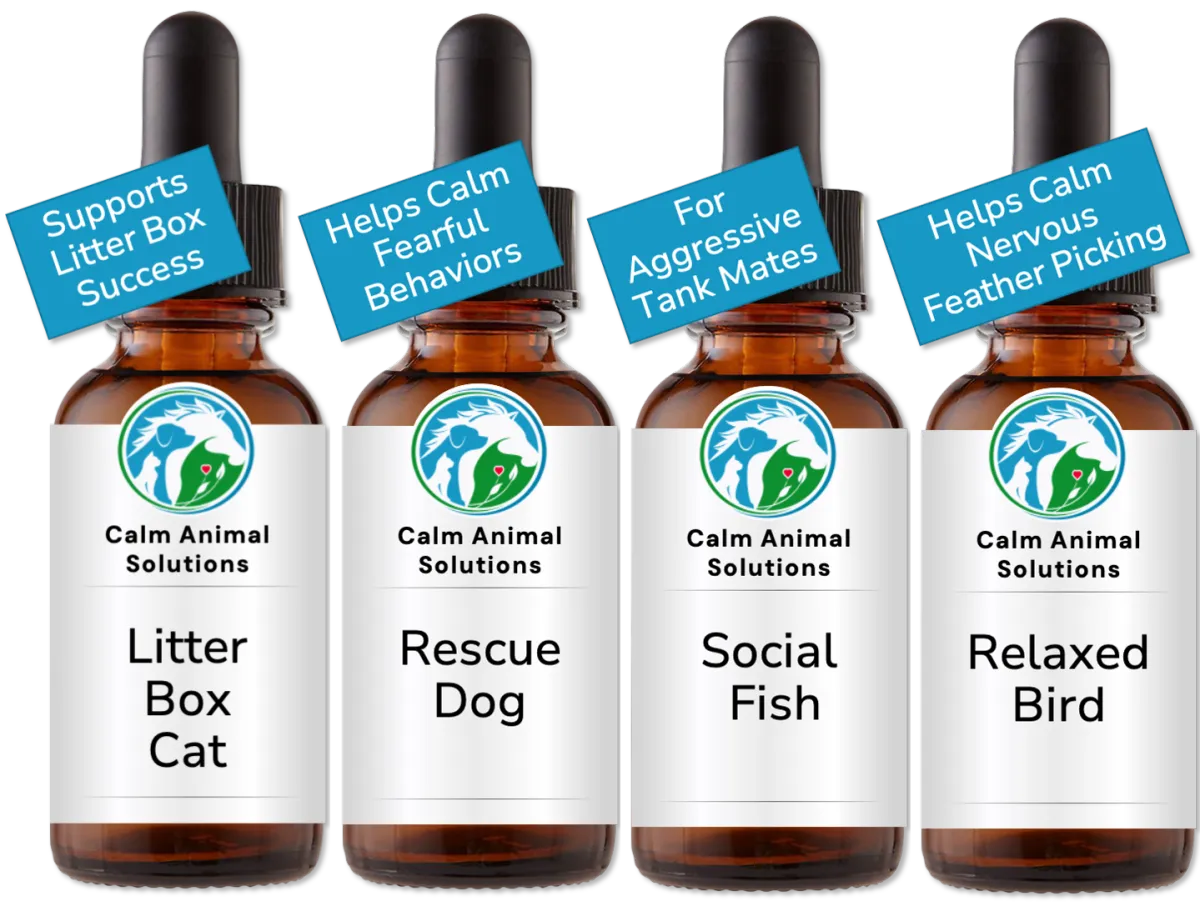
Shop Your Pet's Category Below

Calm Animal Solutions Helps You Support Your Pets Through...
Stress from People & Places
Separation Anxiety
Vet Visits & Travel
Handling & Grooming Stress
Rescue or Foster Transitions
New Home or Habitat Changes
Behavioral Challenges
Resource Guarding
Reactive Barking or Lunging
Litter Box Avoidance
Excessive Vocalizing
Destructive Chewing or Scratching
Emotional Discomfort
Social Anxiety
Noise Sensitivity
Persistent Sadness or Grief
Fear of Touch or Being Alone
Overwhelm in Busy Environments
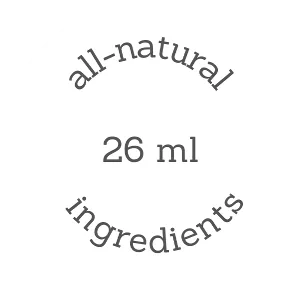
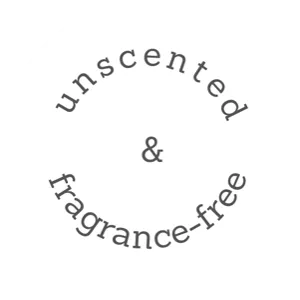
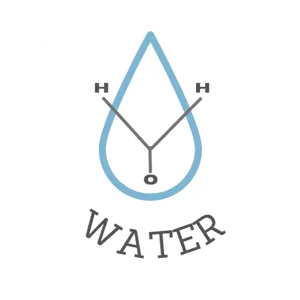
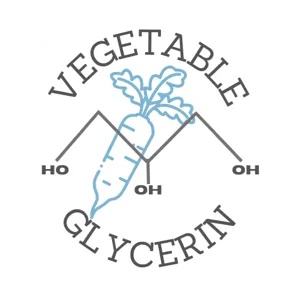
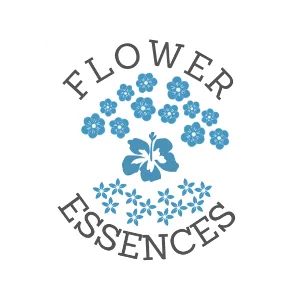





cats
dogs
fish
birds
small pets
reptiles
poultry
horses
Shop Your Pet's Category Below

cats
Resource Guarding
Litter Box Anxiety
Trigger Anxiety
Foster Cat Anxiety
Rescue Cat Anxiety
Separation Anxiety
Social Anxiety
Persistent Grief
Vet & Travel
dogs
Excessive Barking
Training-Performance Anxiety
Reactive Tendencies
Foster Dog Anxiety
Rescue Dog anxiety
Separation Anxiety
Social Anxiety
Persistent Grief
Vet & Travel Anxiety
fish
Handling Anxiety
Noise Anxiety
Feeding Frenzy Behavior
Water Movement Anxiety
Tank Decor Anxiety
Sudden Change Stress
Tankmate Anxiety
Lighting Stress
Transport Anxiety
Birds
Handling Anxiety
Noise Anxiety
Environmental Anxiety
Adaptation Anxiety
Lack of Routine Anxiety
Separation Anxiety
Social Anxiety
Persistent Grief
Travel Stress
small pets
Handling Anxiety
Noise Anxiety
Environmental Anxiety
Adaptation Anxiety
Lack of Routine Anxiety
Separation Anxiety
Social Anxiety
Persistent Grief
Travel Stress
reptiles
Temperature Anxiety
Noise Anxiety
Feeding Anxiety
Breeding Anxiety
Habitat Anxiety
Disturbance Anxiety
Social Anxiety
Lighting Anxiety
Travel Stress
poultry
Molt-related Anxiety
Noise Anxiety
Predator Anxiety
Brooding Anxiety
Environmental Anxiety
Isolation Anxiety
Social Anxiety
Persistent Grief
Travel Stress
horses
Trailer-loading & Travel Anxiety
Training-Performance Anxiety
Riding & Trigger Anxiety
Foster Horse Anxiety
Rescue Horse anxiety
Separation Anxiety
Social Anxiety
Persistent Grief
Vet Anxiety
If you're new to custom flower essence blends for calming pets, start here!
< 1 minute videos showing how flower essences are made and how to use the blends to support your pet's positive change.
Reactive Barking Dog
calmed by Quiet dog solution
before-and-after videos
Notice how much calmer the barking dog's eyes are 2-weeks after Quiet Dog Solution.
before
1-week after
2-weeks after
How to Tame a Feral Cat
Supported by Rescue Cat
Take a look at the affection-seeking interactions!
before
3-weeks after
Aggressive Fish Tank Improvement
Calmed By Social Fish Solution
Regular Tank Activity
Take a look at the fish swimming at a calmer pace!
before Social Fish Solution
1 day after Social Fish Solution
10-weeks after Social Fish Solution
feeding time
Notice the decreased feeding frenzy!
before Social Fish Solution
1 day after Social Fish Solution
10-weeks after Social Fish Solution
Calm Animal Solutions are
a combination of natural ingredients and flower essences chosen just for your pet. 😌
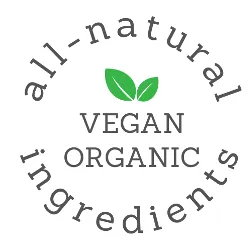

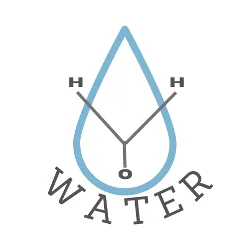

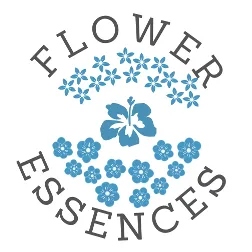



Holistic and alternative approaches often use essences, such as Bach flower essences, to calm pets and improve their emotional and mental well-being. Essences are the vibrational imprint of the flower and support calming a stressed nervous system.

how long does it take to see results?
...and other FAQs
...and other FAQs

How Long Does it Take to See Results?
One Calm Animal Solutions blend is often all it takes to help your pet through their anxiety-related behaviors.
How Long Does a Calm Animal Solutions Last?
While the length of time varies depending on how frequently the Custom Animal Solutions blend is administered, one bottle often last between 8-12 weeks.
What if I Have More Than One Pet and Only One is Anxious?
Do you have four cats, two dogs, a bird and a fish? 🐈⬛ 🐈⬛ 🐈⬛ 🐈⬛ 🐕 🐕 🐦⬛ 🐟
Calm Animal Solutions are good for one and for all!
It's okay to add your Calm Animal Solutions blend intended for one pet to the communal water bowl or mist joint eating and sleeping areas. You might even notice quicker improvements when the whole household has access to the solution.
A Fun Testimony...
A fellow animal communicator purchased a Calm Animal Solutions blend for one of her three dogs. She added a few drops daily to the water bowl in the kitchen and not to the bowls located in other rooms. When she noticed all three dogs were only drinking out of the kitchen water bowl, she took a moment to communicate with them and asked them "Why?" Their answer was..."We want the good water."
What is the Difference Between Flower Essences and Essential Oils (Aromatherapy)?
Understanding the Difference Between Flower Essences and Essential Oils
At Calm Animal Solutions, we utilize the gentle power of flower essences in our products to help pets manage anxiety and stress. It's important to understand the difference between flower essences and essential oils, especially when considering the safety and well-being of your pets.
Flower Essences:
Flower essences are vibrational extracts used to address emotional and mental well-being. They are made by infusing flowers in water and then preserving the mixture with a small amount of alcohol. The resulting essence captures the vibrational energy of the flower, which can help to balance emotions and promote a sense of calm and well-being. Flower essences are non-toxic, safe, and can be used in conjunction with other treatments without side effects.
Essential Oils:
Essential oils, on the other hand, are highly concentrated plant extracts obtained through distillation or cold pressing. While essential oils are popular for their therapeutic benefits in humans, they must be used with caution around pets. Some essential oils can be toxic to animals and may cause adverse reactions ranging from mild irritation to severe health issues.
Our Commitment to Safety
At Calm Animal Solutions, we prioritize the safety and well-being of your pets. Our flower essence products are crafted with natural ingredients that are safe and gentle for all animals. Unlike essential oils, flower essences do not pose a risk of toxicity and can be used to effectively address emotional and behavioral issues without the worry of adverse side effects. We are dedicated to providing holistic remedies that support the health and happiness of your pets in the safest way possible.
Happy tails,
The Calm Animal Solutions Team
Do Flower Essences Contain Allergens?
In general, flower essences are highly diluted preparations and are typically considered safe for most animals, including those with allergies. The process of creating flower essences involves extracting the vibrational energy or essence of a flower and diluting it to the point where there are only trace amounts of physical substance remaining. This dilution is often done using alcohol or another neutral substance.
Because the physical concentration of flower material is extremely low in flower essences, the risk of triggering allergic reactions is minimal. However, it's crucial to note that individual sensitivities can vary, and some animals may still have rare or specific allergies to certain flowers or components of the dilution medium. If you have concerns about potential allergens in a specific flower essence product, it's recommended to carefully review the product's ingredient list and consult with a veterinarian. Additionally, if you are using flower essences for therapeutic purposes, it's a good idea to start with a small amount to monitor for any adverse reactions.
As with any complementary or alternative therapy, it's essential to use caution and seek a veterinarian's advice, especially if your pet has known allergies or health conditions. Flower essences are unscented and fragrance free. Flower essences are not the same as essential oils.
Is it Necessary to Check with My Veterinarian Before Ordering a Flower Essence Product?
Yes, it's advisable to consult with your veterinarian before using any new products, including flower essence products, for your pets. While flower essences are generally considered safe and have a low risk of adverse effects due to their highly diluted nature, it's important to ensure that they are appropriate for your specific pet and situation.
Here are a few reasons why consulting with your veterinarian is recommended:
Health Considerations:
Your veterinarian is familiar with your pet's health history, any existing medical conditions, and any medications your pet may be taking. They can provide guidance on whether a particular flower essence might interact with your pet's current health regimen.
Underlying Causes:
Behavioral issues or changes in your pet's demeanor can sometimes be indicative of underlying health problems. A veterinarian can help rule out any medical issues that may be contributing to your pet's behavior.
Individual Variability:
Like humans, animals can have individual sensitivities or allergies. Your veterinarian can offer insights into whether the specific flower essences you are considering pose any risks for your pet.
Professional Guidance:
Veterinarians can provide professional advice tailored to your pet's needs. They may also be able to recommend specific flower essences or alternative approaches based on their knowledge and experience.
Integration with Other Treatments:
If your pet is receiving other treatments or therapies, your veterinarian can help assess the compatibility of flower essences with those treatments.
Before introducing any new product into your pet's routine, it's essential to prioritize their well-being and safety. Your veterinarian can offer personalized advice based on their knowledge of your pet's health and can guide you on the appropriate use of flower essences in your pet's care.
Are the Results a Placebo Effect?
The placebo effect is a well-known phenomenon in which a person experiences a perceived improvement in their condition simply because they believe they are receiving treatment, even if the treatment itself has no therapeutic value. This effect is often attributed to the power of the mind and the body's ability to respond to positive expectations.
When it comes to animals and flower essences, it's important to note that the placebo effect is primarily a psychological response, and animals may not experience it in the same way humans do. However, there are some observations and explanations that might shed light on the perceived effects of flower essences on animals:
Observer Effect:
Sometimes, the perception of improvement in an animal's behavior or condition may be influenced by the observer's expectations. If an owner or caretaker believes that a particular flower essence will have a positive impact, they may unconsciously interpret the animal's behavior in a way that confirms their expectations.
Calming Influence:
Some flower essences are believed to have calming properties, and the act of administering them may have a soothing effect on the animal due to the gentle and caring nature of the interaction. This can contribute to an overall sense of well-being, which might be interpreted as a positive response to the flower essence.
Synchronization with Owner's State:
Animals often pick up on their owner's emotions and energy. If an owner is using flower essences to address their own stress or anxiety, the animal might indirectly benefit from a calmer and more relaxed human companion.
Routine and Consistency:
The regular administration of flower essences may introduce a sense of routine and consistency in an animal's life, and this predictability can contribute to a stable environment. Animals, like humans, can thrive in environments where they feel secure and where there is routine.
How are Flower Essences Different From Essential Oils (aromatherapy)?
An important difference between flower essences and essential oils is flower essences are unscented and fragrance-free.
Flower essences and essential oils are both natural products derived from plants, but they differ significantly in their composition, preparation, and purpose.
Flower Essences:
Composition:
Flower essences are water-based infusions that capture the energetic or vibrational qualities of flowers. They contain extremely small amounts of physical plant material.Preparation: Flower essences are typically made by floating flower blossoms in water and allowing the sun's energy to transfer the flower's vibrational imprint to the water. The water is then preserved with alcohol and diluted to create the final essence.
Purpose:
Flower essences are used for emotional, mental, and spiritual well-being. They are believed to work on subtle energy levels to address imbalances in emotions, thought patterns, and behaviors. Flower essences are often associated with the holistic healing of emotional issues rather than the treatment of physical ailments.
Essential Oils:
Composition:
Essential oils are concentrated hydrophobic liquids that contain volatile aroma compounds from plants. They are extracted from various parts of plants, including flowers, leaves, stems, and roots.Preparation: Essential oils are obtained through processes such as steam distillation, cold pressing, or solvent extraction. These methods result in a concentrated oil that captures the aromatic and often therapeutic properties of the plant.
Purpose:
Essential oils are primarily used for aromatherapy, massage, and topical applications. They are valued for their fragrances and potential therapeutic effects, including antimicrobial, anti-inflammatory, and relaxation-inducing properties. Essential oils are commonly associated with physical well-being and are used in a variety of products, including perfumes, lotions, and diffusers.
In summary, flower essences and essential oils have different compositions, preparation methods, and purposes. Flower essences focus on capturing the energetic qualities of flowers for emotional and spiritual well-being, while essential oils concentrate the aromatic and therapeutic properties of plants for various physical and emotional benefits. If you are considering using either of these products, it's important to understand their characteristics and application.
How are Flower Essences Different From Herbal Remedies?
Flower essences are a non-herbal, natural remedy.
Flower essences and herbal remedies are both natural and therapeutic remedies and both approaches fall under the umbrella of natural or complementary medicine. Flower essences are considered a vibrational remedy and herbals are considered a physical remedy.
Flower Essences:
Components:
Flower essences are a type of vibrational remedy that captures the energetic imprint of flowers. They are prepared using the blossoms of specific flowers, and the essence contains the energetic vibration of the plant rather than its physical components.
Preparation:
Flower essences are typically prepared by placing flower blossoms in water and allowing them to be exposed to sunlight. The water is then diluted and preserved with alcohol. The resulting essence doesn't contain the physical substance of the plant but is believed to carry the plant's energy or vibrational imprint.
Applications:
Flower essences are often used for emotional and energetic well-being. They are thought to address imbalances in the subtle energy system, helping with issues like emotional stress, fear, or trauma. Bach Flower Remedies, including Rescue Remedy, are examples of popular flower essences.
Herbal Remedies:
Components:
Herbal remedies, on the other hand, use various parts of plants, including leaves, stems, roots, flowers, and seeds. These parts contain active compounds such as alkaloids, flavonoids, and essential oils.
Preparation:
Herbal remedies can be prepared in different forms, including teas, tinctures, capsules, and salves. The preparation often involves extracting active compounds through methods like steeping, boiling, or extracting with alcohol.
Applications:
Herbal remedies are commonly used for various health issues, including physical ailments, such as digestive problems, inflammation, or immune support. They can also be used for mental well-being, addressing issues like stress or anxiety.
In summary, flower essences focus on the energetic or vibrational qualities of flowers for emotional and energetic balance, while herbal remedies use the physical components of plants to provide therapeutic effects. Both approaches fall under the umbrella of natural or complementary medicine, and their effectiveness can vary from person to person. It's essential to consult with healthcare professionals or practitioners experienced in these modalities to ensure safe and appropriate use.
Calm Animal Solutions is bringing gentle, natural calming support to animals everywhere —
because we believe every animal deserves to feel safe, known, and supported.
A Trained Animal Communicator Connects with Your Pet
With every order, a trained animal communicator connects with your pet to choose the right blend of flower essences
(e.g. Bach Flower Essences) for calming their anxiety. Custom blended flower essences are natural pet calming products.





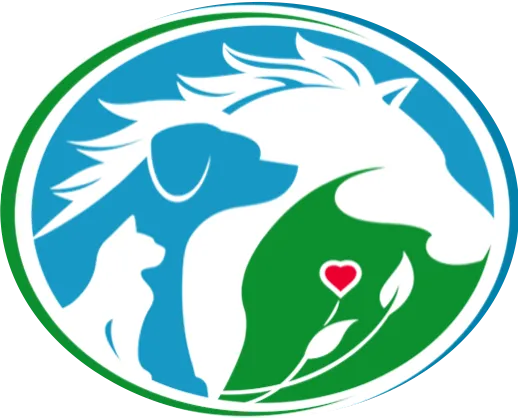
Calm Animal Solutions
Calm Animal Solutions offers customized, natural remedies for dog anxiety, and are calming for cats. Plus, we create blends for horses, small animal pets, birds, poultry, reptiles, and fish.
Flower Blends
CustomBlends4U
©2025, Catherine Winfree. All rights reserved.
Mandatory FDA Notice: The statements made regarding Calm Animal Solutions have not been evaluated by the Food and Drug Administration. These products are not intended to diagnose, treat, cure, or prevent any animal disease. Although the ingredients in Calm Animal Solutions are generally regarded as safe, you are encouraged to consult your veterinary before using any essence product (such as Bach Flower Essences, for example).
Bringing gentle, natural calming support to animals everywhere —
because every animal deserves to feel safe, known, and supported.
A Trained Animal Communicator Connects with Your Pet
With every order, a trained animal communicator connects with your pet to choose the right blend of flower essences (e.g. Bach Flower Essences) for calming their anxiety. Custom blended flower essences are natural pet calming products.





Mandatory FDA Notice: The statements made regarding Calm Animal Solutions have not been evaluated by the Food and Drug Administration. These products are not intended to diagnose, treat, cure, or prevent any animal disease. Although the ingredients in Calm Animal Solutions are generally regarded as safe, you are encouraged to consult your veterinary before using any essence product.

Home | Contact | Terms | Privacy Policy | About Catherine
©2025, Catherine Winfree. All rights reserved.
